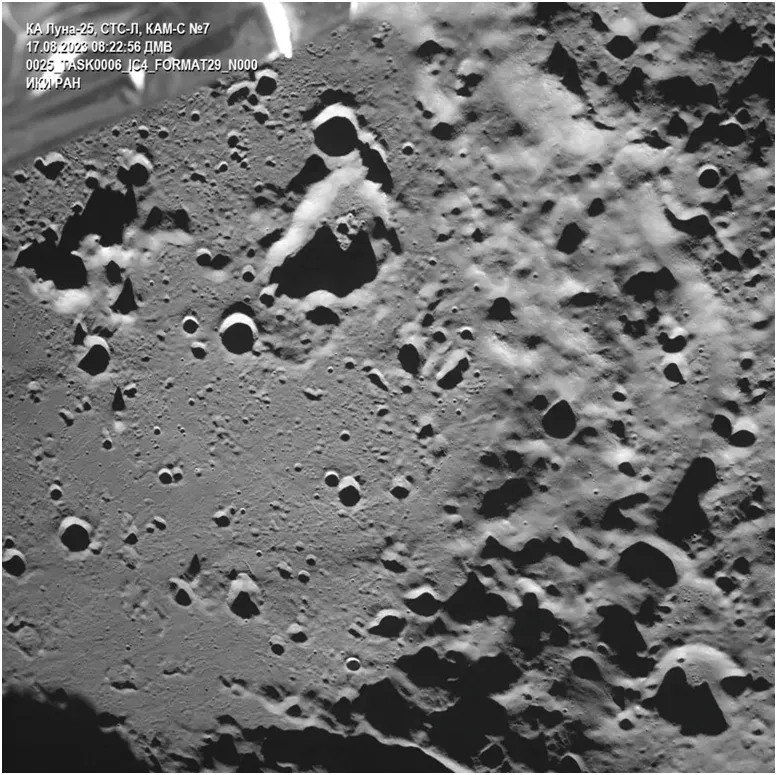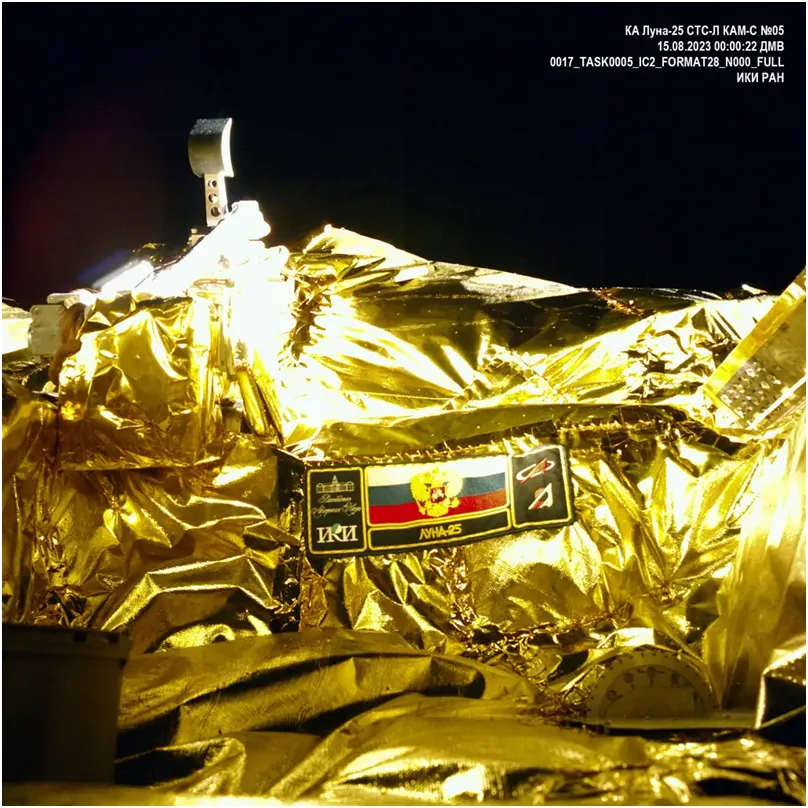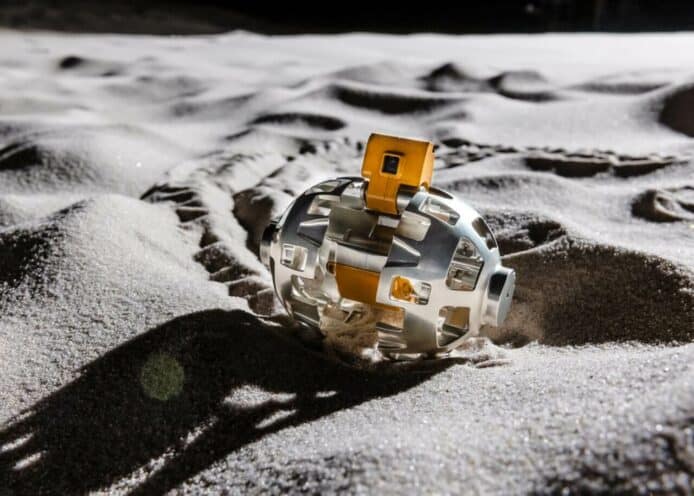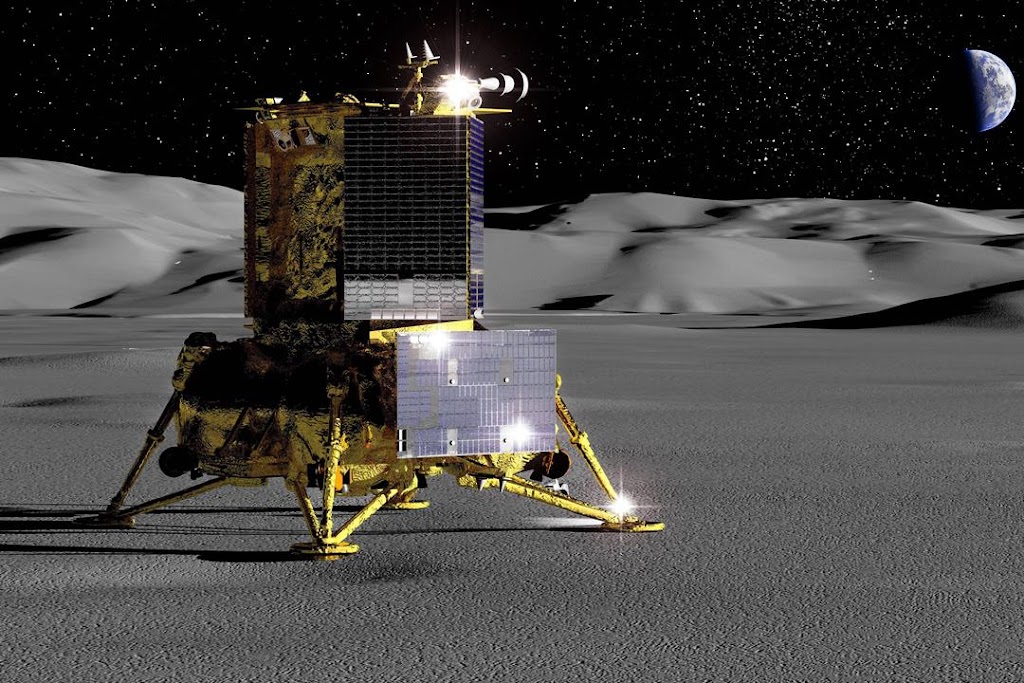Dissecting The Cause Of The Russian Lunar Lander Crashing Into The Moon
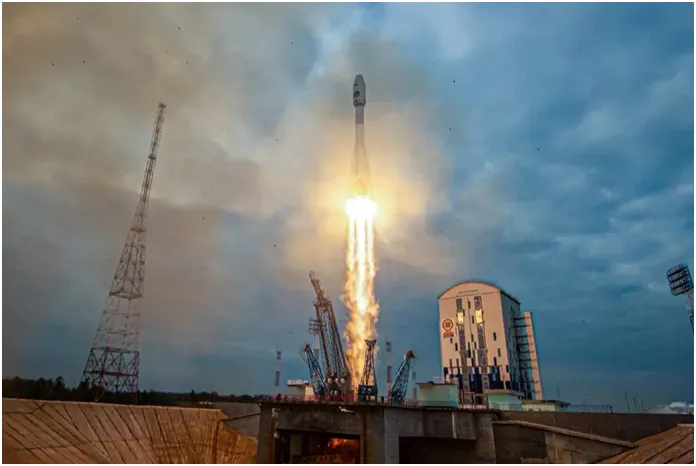
On August 20 local time, the Russian National Aerospace Corporation (Roscosmos) announced that, according to preliminary analysis results, the missing lunar exploration spacecraft Luna-25 has deviated from the fund. predetermined trajectory and collide with the surface of the Moon. It no longer exists.
Luna-25 is the first probe launched by Russia to the moon since the 1970s. It was launched by rocket on the 11th of this month, entered lunar orbit on the 16th and was originally scheduled to land gently down to the south pole of the Moon. moon on the 21st. Its main mission, if successful, would be the first in human history.
Whether it is the space programs of different governments or the ambitions of private companies to explore the moon, people still yearn for the south pole of the moon, because they believe that there may be water ice which stronauts can use in the future.
Failure stems from poor planning and human error
The two most risky and stressful parts of any mission to the moon are launch and landing. Three moon landing attempts by the Indian Space Agency, Israel’s SpaceIL nonprofit and Japanese company iSpace over the past four years have all failed in the last minutes of the landing phase.
Luna-25 could not enter the predetermined trajectory, which was directly caused by an abnormal ignition engine, and engine problems often stemmed from poor manufacturing processes and inadequate testing work. root cause of mission failure.
In addition to motivation, several human factors can also go wrong, like what happened with NASA’s Mars Climate Orbiter in 1999:
Flight system software uses pound force in British units to calculate thruster power, and thrust and direction correction parameters entered by ground personnel use Newton metric units. This error caused the probe to enter the Martian atmosphere at an incorrect altitude and was aborted eventually burning up.
View of Zeeman crater on the back of the moon taken by Luna-25 “During the ignition to adjust the probe direction, the engine was ignited,” said Natan Eismont, senior scientist at the Space Research Institute of the Russian Academy of Sciences, which directs Luna-25 operations. does not work as designed. External observers also notice that the command parameters deviate from the calculated value”.
“In fact, until the last exercise, the various reactions of the control group were very successful. Unfortunately, the last high-thrust ignition was designed to put Luna-25 into orbit. before landing (within 18 kmg), but it didn’t go as expected. Most likely due to excessive braking force or wrong direction”.
Esmond advises leaders of lunar missions to spend more time on actual work.
The technical team directly involved has made a decision on whether to continue to land or stay in orbit for more troubleshooting. They make the judgment, and the management, the committee needs to decide if the judgment is correct.
It is worth mentioning that Russian media reports about the Luna-25 mission are always low-key, and their attitude towards the accident is quite calm.
The news broadcast on Russia’s first channel took only 40 seconds to report the early end of the Luna-25 mission, with a positive comment: “Scientists have obtained valuable information about the surface of the Earth. moon”.
The device is not resistant to cold and radiation
In recent decades, Russia’s space exploration has fallen far behind that of the Soviet era. The last completely successful exploration was 35 years ago in the Soviet Union.
In December 1984, Vega 1 and Vega 2 were released six days apart. Six months later, two spacecraft arrived at Venus, each dropping a capsule containing the lander that eventually surfaced and a balloon was released suspended in the atmosphere.
In March 1986, Vega 1 and 2 flew to a distance of about 8,000 km from Halley’s Comet using the gravitational orbit of Venus, and sent back a large number of photographs of Halley’s Comet and data. data on the dust and gas around the comet’s nucleus.
The Mars missions launched in 1988 (USSR) and 1996 (Russia) failed.
The aforementioned 2011 Fobos-Soil mission was a major failure. The probe was supposed to land on Mars’ two larger moons, Phobos, and bring rock samples back to Earth, but it never left Earth’s orbit; Months later, Forbes-Soil burned up in Earth’s atmosphere.
Subsequent investigations revealed that the Russian space agency was in financial difficulty at the time and was reluctant to spend more on production and testing, using unproven electronics. can withstand the cold and radiation of space.
Pressure is on India’s side
Luna-25 was originally intended to complete a one-year mission to study the composition of the lunar surface, verifying the feasibility of technologies to be used in a series of space missions (Luna-26, 27, 28) and supplies Russia plans to build with China, laying the groundwork for a future lunar base.
The Russian lunar mission schedule has been delayed for several years and now, due to the Luna-25 failure, a longer delay may be inevitable. Roscosmos is faced with a difficult choice:
Relaunch mission Luna-25 or pause testing soft landing technology for the next more ambitious mission?
Image taken by Luna-25 during her trip to the Moon NASA and the European Space Agency maintain cooperation with Russia on the International Space Station, but all other joint space programs have been suspended since the outbreak of the Russo-Ukrainian war. Regarding the moon landing mission, Russia has now lost important European-supplied components and needs to be self-sufficient, of course, it has been working on developing world space hardware. new systems, especially electronic equipment that can withstand the harsh environment of outer space.
Anatoly Zak, a longtime observer of Russia’s space activities, said: “Without high-end electronics, you really can’t travel in space for long periods of time. The program doesn’t work. Russia’s space is in fact plagued by equipment problems.”
On the other hand, India has the opportunity to land its first probe near the lunar south pole . Its Chandrayaan-3 mission, launched in July, took a more detoured but more fuel-efficient route to the moon. As planned, Chandrayaan-3 will attempt a soft landing in Antarctica on the 23rd of this month.

